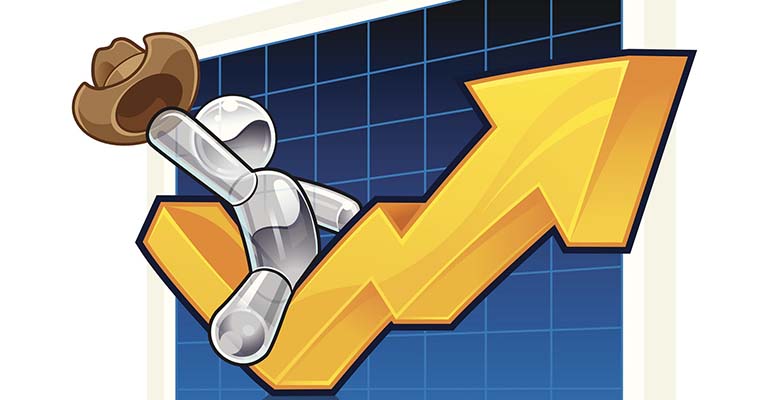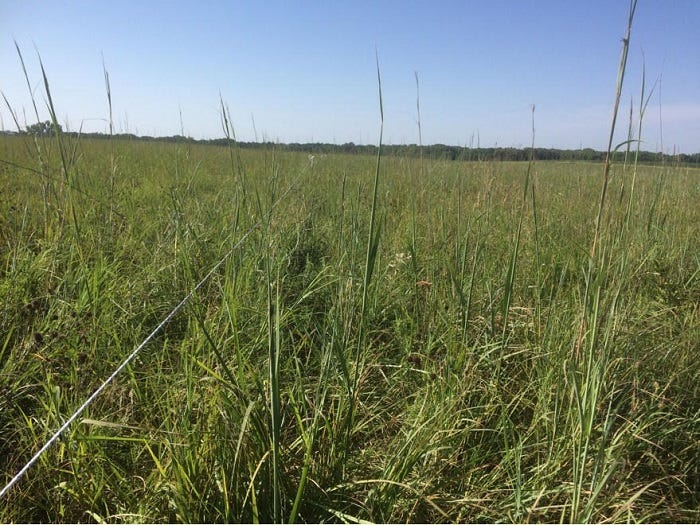August 21, 2020

The feeder markets were mostly higher to steady so far this week. Value of gain (VOG) remains high enough to make feeder to feeder trades profitable. Demand was good for feeders this week. Cattle are selling well at live auction and on video auctions right now.
Fats got a tiny boost again this week. While that may sound like good news, the rise in fat price is quickly offset by the rise in feeder prices. The only opportunity at a profitable buy-back is with heifers, and it is slim pickin’s. This scenario easy illustrates that it is not absolute price or a rising market that makes us profitable. Fats crept higher this week, yet they were more overvalued last week. It is the price relationships between weights that matter.
There have been many times this year where I’ve pointed out there was an opportunity to make a profit selling a particular class of cattle and replace them with another, only to have that opportunity vanish the next week. This is why we need to pay attention to what the markets are doing and be ready and willing sellers. I know there are forecasters who are saying this thing is going to go higher. And the last few weeks they’ve been proven right. But one week the opportunity to profitably replace is there, then the next week relationships change and that opportunity is gone, even though both classes were higher.
This week, unweaned cattle were $8-13 back. The discount for bawlers seems to be increasing a bit. If you have the ability to wean calves you may want to consider doing that. Feeder bulls were $10-20 back. Another thing that is worth noting is that buyers showed greater interest in load lots this week. Loads were bringing $12 more than the smaller lots. And yet again the southern markets remained undervalued.
Value of feed
A short while back I wrote about feed being the foundation of the business, and how better grazing practices can strengthen that foundation. I was looking at the drought monitor map and was surprised to see how many places are dry, especially in Nebraska. Some difficult decisions may have to be made to preserve the foundation. If we do too much damage to our forage base during drought it will take much longer to recover.
The reason I was surprised to see so much drought in Nebraska is because it has been wet in my area. Even with all the rainfall we’ve had here overgrazing is apparent all around me. I am seeing people mowing entire pastures to get rid of weeds, or hauling hay to pastures. Better grazing management may take a little time, which I realize is something most people think they don’t have. But how much time was spent mowing off an entire pasture? How long will it take for that pasture to recover?
Yesterday I started setting up polywires on pasture I grazed the first week of June. Thanks to the rain we’ve gotten and a rest period I have more grass in those paddocks today than I did when I grazed there the first time. It makes more sense to me to spend a little time consistently to move a wire and have strong healthy pastures than it does to mow weeds. Not to mention the cost of mowing and the fact that for every minute that machine is running it is one minute closer to the next repair bill.
I’ve had the same weather as everyone else here, yet by rotating I am growing more grass. It took several years, but I have also gotten rid of most of the weeds simply by rotating. I am not spending any time or money mowing or spraying them. I also only have to write one rent check, so the more grass I can grow makes it cheaper too.

Sticking with the topic of feed here’s a trade I did last week. I sold horse quality hay for $185 a ton, and bought back a lesser quality hay for $80 a ton. I still have the same amount of tonnage. I just added a little cash to the till for my effort. Sell-buy trades and price relationships are always present, and not just with livestock.
As I bring this one in for a landing, I wanted to mention that the marketing school I am doing with Wally Olson in October is filling up. Click here to reserve your spot.
The opinions of this author are not necessarily those of Beef Producer or Farm Progress.
About the Author(s)
You May Also Like






